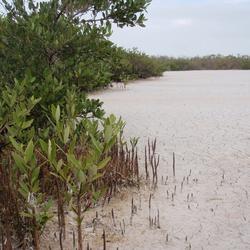Sediment contaminants in Puget Sound: Implications for ecosystem health and remediation
Seasonal erosion and accretion in a San Francisco Bay marsh
New seafloor mapping offshore Kodiak Island, Alaska, reveals extensive submarine landslides
Land-based nutrient flux to a fringing reef: insights from Ofu Island, American Samoa
Frequency and Intensity of Storm Surges Underestimated Nationally, Study Finds
USGS Coastal Storm Projection Data Inform Department of Defense Infrastructure Risk Assessments
Long-term Satellite Data Reveal How Climate Shapes West Coast Shorelines
Ecological Thresholds, Abiotic Stress, and Climate Change: A Conceptual Framework
Nature-based "Horizontal Levees" Reduce Flood Risk in San Francisco Bay
A 700-year rupture sequence of great eastern Aleutian earthquakes from tsunami evidence and modeling
The Threat of Coastal Flooding from Cascadia Earthquake-Driven Land Subsidence
Pacific Coastal and Marine Science Center
PCMSC is one of three centers serving the mission of the USGS Coastal and Marine Hazards and Resources Program—the primary Federal marine geology and physical science research program responsible for the Nation’s entire coastal and marine landscape.






